The history of 5 Iraqi mosques
There are about 10,000 mosques in Iraq, who reflect interesting parts of Iraqs history and culture. In this article we take you on a tour to discover the stories that 5 mosques tell us about Iraq.
Anyone who can read or write or who tills the soil, anyone who cherishes religion, practices law or studies the stars, owes a silent thanks to those who pioneered along the Euphrates.
- Behnam Abu Alsoof
1: The mosque of imam Ali
This was the first mosque built in Iraq, and the third mosque built worldwide.
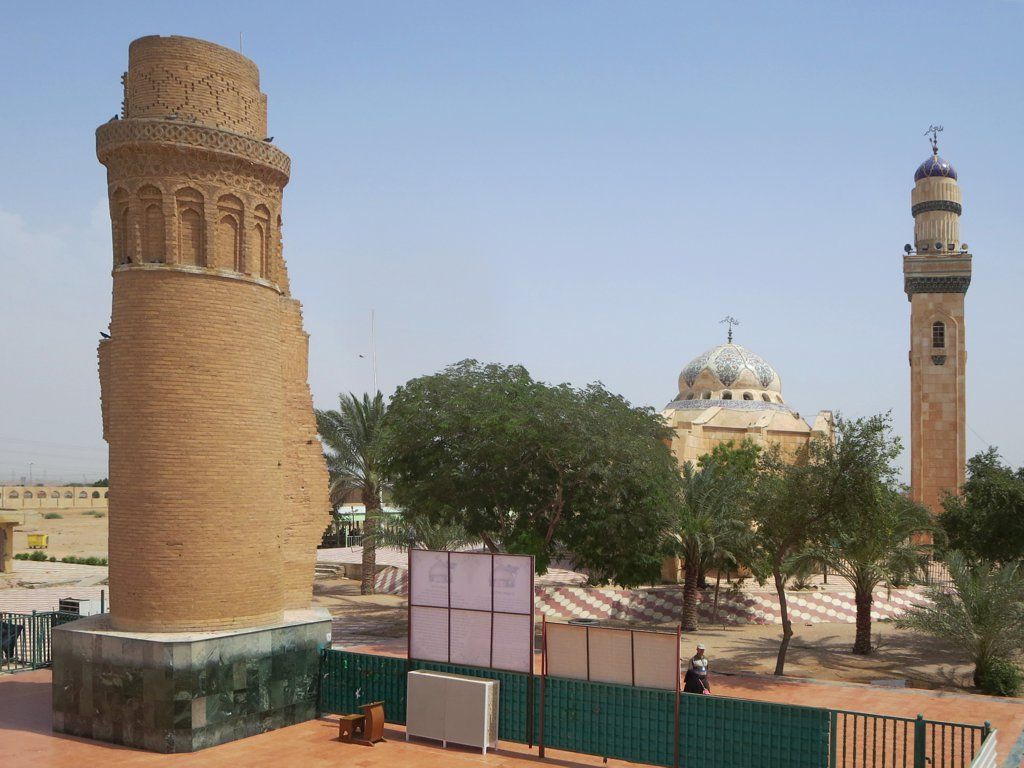
It was built in 635 AD and became widely known for its cultural and intellectual activities. The mosque was later named after the prophet’s grandson Ali, ‘mosque of Ali’s footstep’, who delivered sermons and taught jurisprudence, grammar and philosophy in Basra.
The mosque is known for the islamic scholar Kumayl ibn Ziyad and his "supplication of Kumayl". It is also known for the islamic scholar Ali ibn Muhammad, who advocated against the Abbasid caliphate and for the liberation of the people during his friday sermons in this mosque, which provoked the Zanj revolts of 869 AD.
2: The Umar Suhrawardi mosque in Baghdad
This is a 12th century mosque in the Baghdadi neighborhood al-Wardiyya. Both the mosque and the neighborhood are named after Shihab al-Din Umar al-Shurawardi (1145-1234) whose tomb (darih) is found inside the mosque.
Al-Suhrawardiya is one of the biggest Sufi orders in India today.
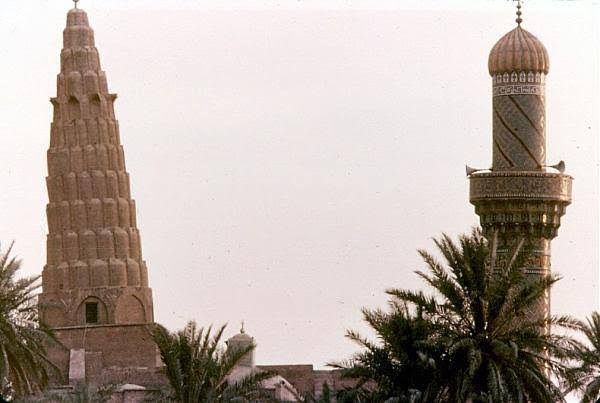
3: Imran bin Shaheen mosque
The Imran bin Shaheen mosque was built around 949 AD and is considered one of the oldest mosques in Najaf.
It is named after Imran bin Shaheen, who was spoken to by the grandson of the prophet (Ali) in one of his dreams. In avoidance of government repression, this dream inspired him to flee to the southern marshes. Here he established the Emirate of Al-Butiha which became a place of refuge for those who fled authorities and sought shelter by the power of nature.
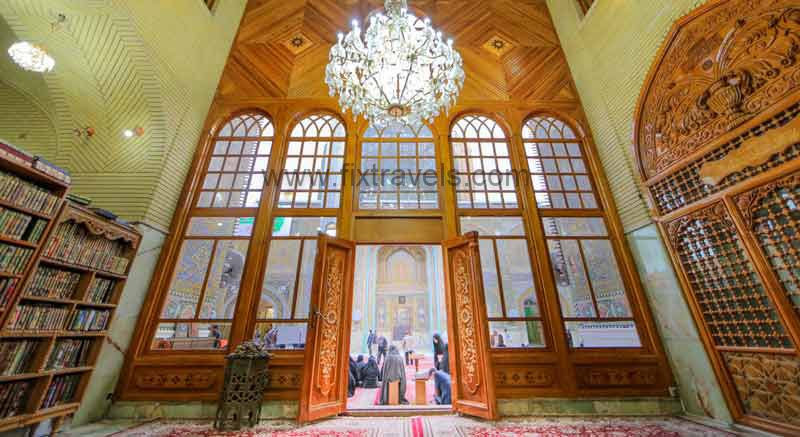
4: The tomb of Uzayr (Ezra)
The shrine of the Biblical & Quranic figure Uzayr (440 BC) has been a place of pilgrimage for muslim & jewish Iraqis. The tomb is located in the town of Uzayr, named after this prophet. Uzayr lived in the time when Nebuchadnezzar II destroyed the Temple of Jerusalem and all copies of the Torah (the word of God). Historical records report that Uzayr was appointed governor of Babylon, after which he revolted against the oppression and wrongdoing of the King Nebuchadnezzar.
The tomb of Uzayr contains Hebrew scriptures as well as Quranic verses. Following the mass deportation of Iraqi Jews to Occupied Palestine in the 1950s, majority of the visitors today are muslim. Prophet Uzayr lives forth in the collective conscience of Iraqis and followers of monotheistic religions such as Islam and Judaism.
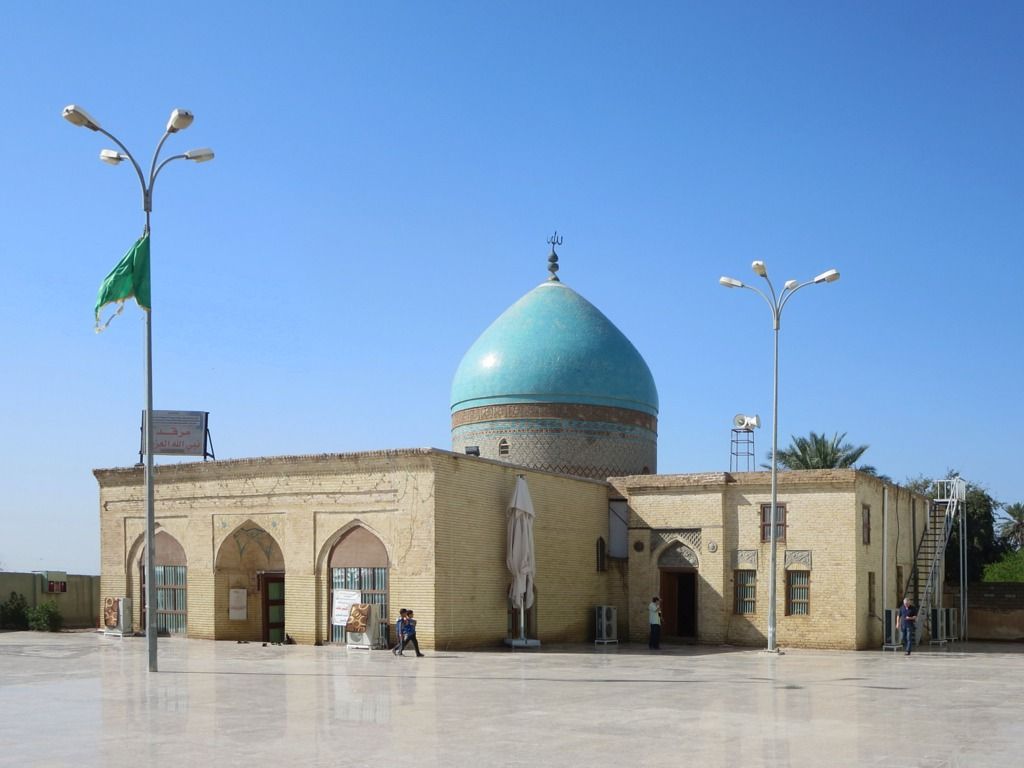
5: Radd al shams mosque
Radd al shams is located in Hilla and means the return of the sun. In this place history, spirituality, nature & everyday life come together. The mosque once served as a temple of Shamas, the sun god during the First Babylonian Dynasty (1894 BC).
Today the mosque is visited by muslims who remember the miracle of the return of the sun that happened to imam Ali while he was staying around this temple (7th century AD). Families visit, pray and bring food to gather around the mosque.
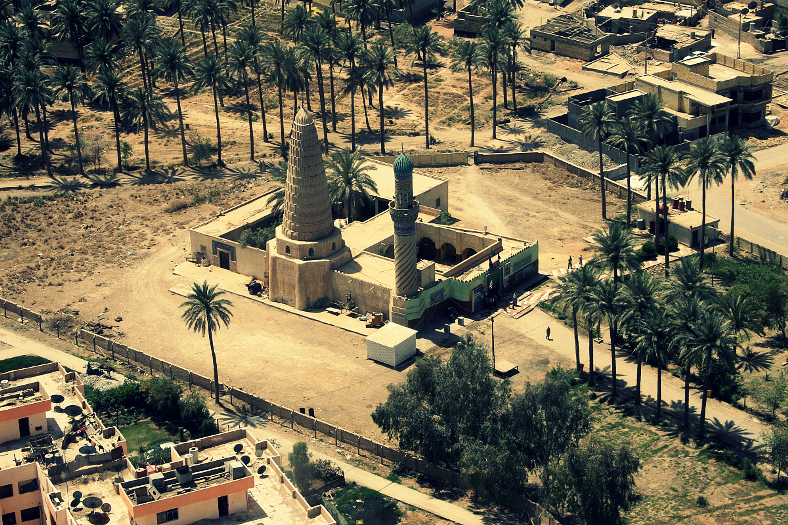
Iraqi heritage
Every mosque, church, cultural or archeological site and each artefact plays its own special role in Iraq’s heritage. Altogether they carry centuries of history and stories which Iraqis identify with until today. The sites are still visited, and the characters of the historic chronicles still convey important lessons to their readers. All of them play in the memories and perceptions of Iraqis.
A large part has been physically destroyed and demolished. Many more entered the global market only to be consumed and controlled by collectors and unfamiliar museum collections. The heritage that local Iraqis have been deprived of is being displayed in foreign countries. Visited by people that share no emotional or cultural bond with the objects. What is left is a radical reconstruction of Iraq’s historical heritage based on its assigned monetary exchange value. A small part of the chosen ones are materialized on UNESCO’s world heritage list. New ways of colonialism do not require armies exclusively but use many other types of tactics in an attempt to erase and reconstruct history.
We Iraqis value all of our heritage, not by its market value but by the way its meaning and legacy defines our beautiful Iraq & Iraqi people today.
